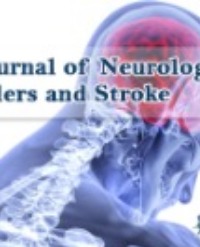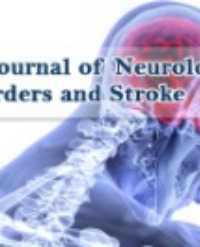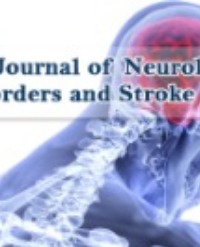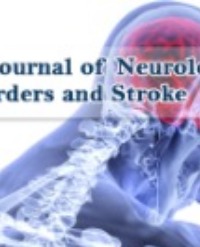Objectives: P-Glycoprotein (P-gp) an efflux transporter localized in the blood-brain barrier, influences drug concentrations in the brain and thereby their clinical efficacy. P-gp knockout mice differ markedly from wild type animals with respect to pharmacokinetics and -dynamics of P-gp substrates. Using the P-gp substrate risperidone as a model drug, we studied the effects of P-gp induction on drug concentrations in blood and CNS as well as its effects on drug related behavior.
Methods: P-gp inducing drugs dexamethasone and 5-pregnene-3beta-ol-20-on-16alpha-carbonitrile (PCN) were given to FVB/N mice for 11 days. Control mice received vehicle only. On day 12, risperidone was injected i.p. For kinetic investigations, brain and serum levels of risperidone and 9-hydroxyrisperidone were measured by reversed phase-high performance liquid chromatography with spectrophotometric detection. To study pharmacodynamic effects, risperidone induced RotaRod behavior was analysed with Rota Rod.
Results: Risperidone and 9-hydroxyrisperidone concentrations were decreased in the blood serum and brain homogenate of animals treated with dexamethasone or PCN. Baseline Rota Rod behavior was only slightly affected by P-gp inducing drugs. Rota Rod deficits due to risperidone were markedly reduced after induction of P-gp by both drugs.
Conclusion: Induction of P-gp diminishes the CNS effects of drugs characterized as substrates of P-gp. Therefore, it seems likely that induction of P-gp by co-medication has the potential to minimize treatment response and increase potential side effects of CNS drugs in a clinical respect.
Ulrich Schmitt*, David Holthoewer, Marianne Mueller and Christoph Hiemke





